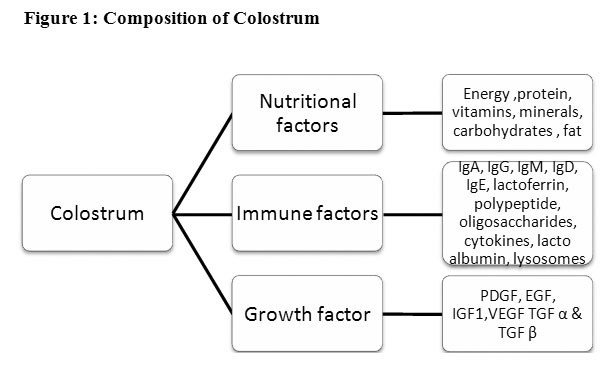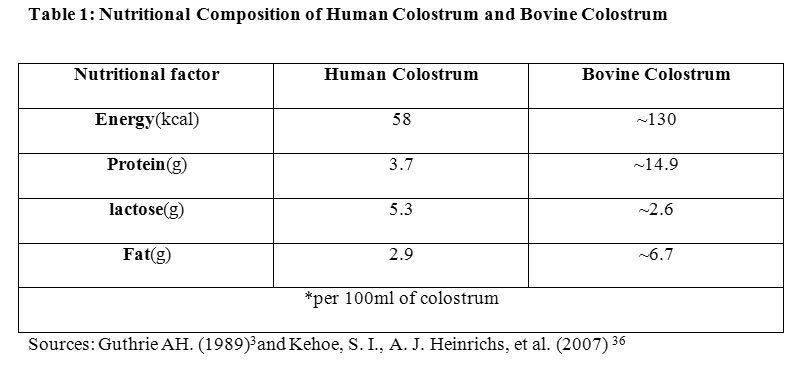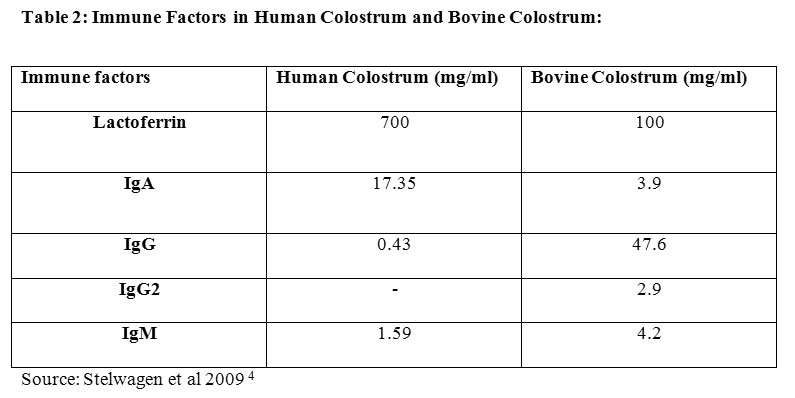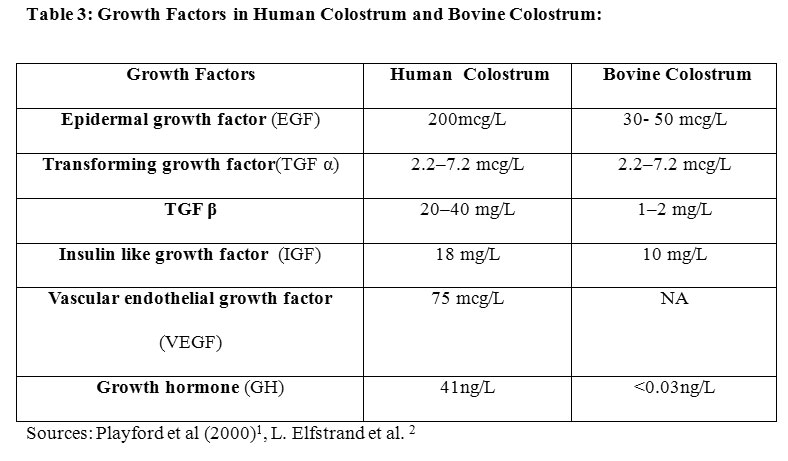NAC is a precursor to the amino acid cysteine. It is an important amino acid, which is a precursor to glutathione, the master antioxidant in your body. So you can say that N-acetyl cysteine, is a precursor to glutathione. The journal Innovation in Clinical Neuroscience states that glutathione is a necessary antioxidant in the body. This means that N-acetylcysteine helps to reduce conditions related to oxidative stress as well as having a therapeutic effect on the brain. (source)
Proponents:
- Powerful antioxidant
- Provides the building blocks for glutathione
- May protect the lungs, gut, brain, liver, and kidneys
- May defend against toxins and pollutants
- May help with obsessive-compulsive symptoms and addiction
- May help prevent the flu
- Biofilm disruptor
- Potential to improve fertility
- May help with many chronic health problems
CONs
- Doesn’t taste good and can cause nausea
- May affect bleeding
- Many purported benefits are unproven (source)
How can it help with prevention and/or treatment of influenza or other respiratory illnesses?
I recommend watching this 11 minutes video that shows supporting evidence of NAC decreasing the total numbers of influenza cases, decreasing the severity, and decreasing the frequency and repeat illnesses of the elderly when given 600 mg NAC twice a day for 6 months. This is not the dose for children.
NAC is also sometimes added to standard treatments of sinus inflammation and infections [41, 42].
In cells, NAC reduced replication of the flu virus. If the virus can’t replicate quickly, it’s easier to fight it off [43]. (Source)
A well known medication called MucoMist can be inhaled version of NAC. It is typically given to patients who overdose on Tylenol (acetaminophen) to treat the oncoming liver damage and to people with Cystic Fibrosis. It decreases the viscosity or thins their secretions.
Side effects?
It can thin the secretions greatly, which will increase the volume of liquid secretions. This can be an issue with children with DS, who may already have aspiration concerns. Next, as mentioned in the video, it can lower homocysteine levels. This is great for those with cardiovascular issues, but children and adults with DS already have a low homocysteine to begin with, so maybe this is for those times of acute illness as a temporary measure.
Also noted addressing seizures: Acetyl-L-carnitine At least in eyes, it appears that
acetyl-L-carnitine may have antiglycation abilities (55). Hendlor and
Rorvik report, “”Acetyl-L-carnitine has recently demonstrated some
efficacy as a possible neuroprotective agent for strokes, Alzheimer’s
disease, Down’s syndrome and for the management of various
neuropathies…recent studies show beneficial effects in Alzheimer’s
disease. Younger patients seem to benefit most” (55). However, some few
with seizure disorders have reported increases in seizure frequency or
severity on acetyl-L-carnitine (54). As the DS population is much more
inclined towards seizure disorders than the general public (56), caution
would seem to be advisable regarding using acetyl-L-carnitine to
attempt to prevent glycation. (source)
Here on the Got Down Syndrome blog post, they also express concerns about NAC increasing intestinal permeability, so again, it doesn't seem like it is supported for long term use in those with DS.
The winter months are upon us, which means more time spent indoors. This contributes to greater spread of respiratory illnesses among both children and adults at work and school. It only takes one person in your family to catch it and "share" it with the entire family due to close proximity. You also can't turn on the television right now without mention of the influenza virus and the "flu shot". This is a supplement that deserves your consideration when exposed to acute respiratory illnesses, and for the hard working moms and dads to potentially help them recover quicker, ,and possibly for our children for a temporary amount of time, to potentially help them in their battles against the common cold, influenza, or other respiratory illnesses.
Blessings,
Robin







